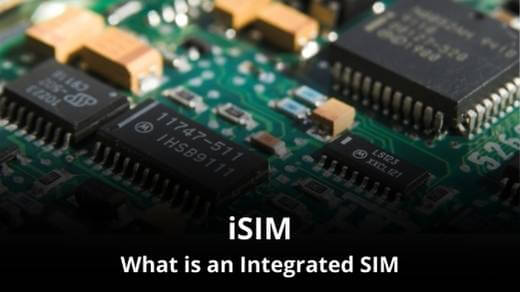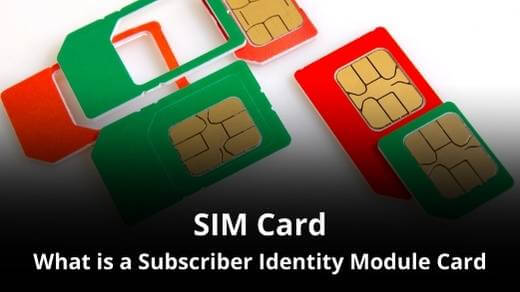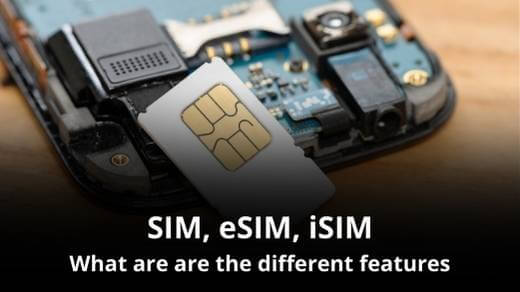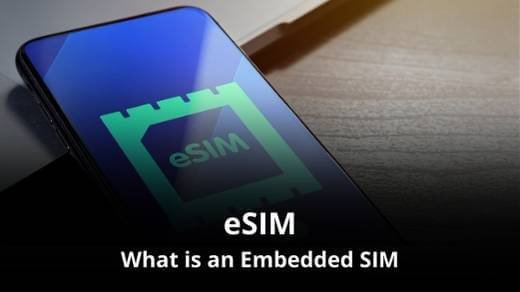Introduction Features of the SIM Card, eSIM and iSIM.
Features of the SIM Card, eSIM and iSIM compared. There are now different types of SIMs on the market so let’s compare the differences and see why it is important for your Mobile Brand.
While traditional SIM cards offer familiarity, eSIMs and iSIMs provide enhanced flexibility, security, and convenience for both MVNOs and subscribers. eSIMs, with their remote management capabilities, are widely adopted and offer a balance between compatibility and modern features. iSIMs, although currently less common, provide robust security and are particularly suited for specialized and compact devices. For the history details see here.
The choice between (or all) these technologies depends on your MVNO’s target market, device compatibility, security requirements, and long-term business strategy.
What are the features of a SIM Card, eSIM and iSIM?
Main difference – SIM Card, eSIM and iSIM compared
SIM Card
Physical Nature: Physical, removable card that needs to be inserted into the device’s SIM card slot.

eSIM
Digital Nature: Integrated digital SIM card processor embedded within the device’s hardware.



iSIM
Integrated at Chip Level: Integrated directly into the device’s chipset during manufacturing. No additional hardware required.



Biggest advantages – SIM Card, eSIM and iSIM compared
SIM Card
Widespread Compatibility: Compatible with most mobile devices.
User Control: Physical presence provides users a sense of control over their network connectivity.
eSIM
Flexibility: Allows remote provisioning and switching between carriers.
Space Efficiency: No physical card slots required, enabling slimmer device designs.
iSIM
Enhanced Security: Benefits from the device’s hardware security features.
Compact and Energy Efficient: Compact size and energy-efficient, suitable for small and IoT devices
A disadvantage – SIM Card, eSIM and iSIM compared
SIM Card
Inconvenience: Requires physical swapping when changing devices or carriers.
Limited Space: Limited storage capacity for data.
eSIM
Limited Compatibility: Not supported by all devices, although adoption is increasing.
Transition Challenges: Migration from physical SIM cards to eSIMs can be challenging for some users.
iSIM
Limited Adoption: Currently not as widely adopted as eSIM technology.
Device Dependency: Tied to specific device models, limiting compatibility.
Related Costs – SIM Card, eSIM and iSIM compared
SIM Card
Production and Distribution: Involves costs for manufacturing, personalization, and physical distribution of cards (MVNO Costs).

eSIM
Initial Integration: Initial costs for device manufacturers to incorporate eSIM technology. Device manufacturing costs.
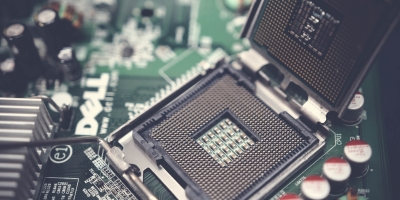

iSIM
Initial Integration: Costs associated with integrating iSIM technology into device chipsets. Device manufacturing costs.
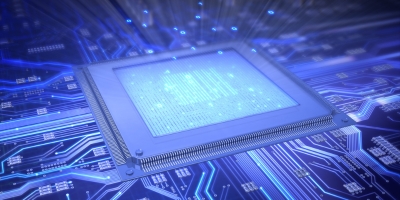

Shipment / distribution – SIM Card, eSIM and iSIM compared
SIM Card
Bulk Shipment: SIM cards are shipped in bulk to various retailers, requiring secure handling to prevent theft and counterfeiting.


eSIM
Digital Provisioning: No physical shipment of cards; provisioning happens digitally, reducing logistical complexities.


iSIM
Digital Provisioning: Like eSIMs, no physical shipment of cards; easy provisioning occurs digitally.


Impact on the Environment – SIM Card, eSIM and iSIM compared
SIM Card
Plastic Waste: Contributes to plastic waste due to production, disposal and packaging.
Shipment: For shipment physical resources are also required thus additional negative impact.
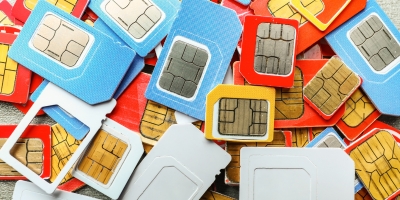

eSIM
Reduction in Plastic Waste: Eliminates need for physical cards, no more plastic waste.
However it has its own processor resulting in additional electronic waste.
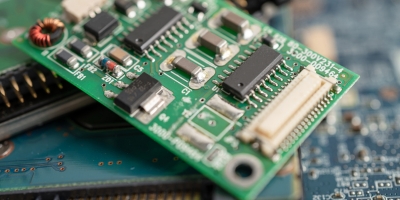

iSIM
NO Plastic Waste: Like eSIM. Eliminates the need for physical cards, no more plastic waste.
It uses the standard onboard processor, thus NO additional electronic waste.


Operating Conditions – SIM Card, eSIM and iSIM compared
SIM Card
Physical Handling: Prone to wear and tear; can be damaged by physical handling or exposure to elements.
eSIM
Digital Reliability: Less susceptible to physical damage; operates reliably in most conditions.
iSIM
Robust Integration: Integrated at the hardware level, ensuring robust performance in various conditions.
Default Security – SIM Card, eSIM and iSIM compared
SIM Card
Physical Security: Relies on physical security measures; can be easily swapped or cloned if not properly protected.
eSIM
Enhanced Security: Offers robust encryption and security features; harder to tamper with compared to physical cards.
iSIM
Hardware Security: Leverages hardware-level security features for enhanced protection against tampering and hacking.
Use Case(s) – SIM Card, eSIM and iSIM compared
SIM Card
Mainstream Devices: Suitable for most consumer smartphones, feature phones, and some IoT devices.
eSIM
Smartphones, Tablets, IoT Devices: Commonly used in modern smartphones, tablets, wearables, and IoT devices.
iSIM
IoT Devices, High-Security Applications: Ideal for IoT devices, industrial applications, and devices requiring high-security standards.
Sizing – SIM Card, eSIM and iSIM compared
SIM Card
Physical: Available in various sizes – standard, micro, and nano – to fit different devices.



eSIM
Integrated: No physical size as it is integrated into the device’s hardware.



iSIM
Compact: No physical size and extremely compact due to integration at the chipset level.



Benefits for the MVNO
SIM Card
Widespread Use: Compatible with a variety of devices, ensuring a broad customer base. Everybody knows how to use it.
Remote SIM Provisioning: There are possibilities for remote SIM provisioning, also called over-the-air (OTA)


eSIM
Remote Management: Simplifies activation and allows for efficient remote management of subscriber profiles.
Global Reach: Enables seamless international roaming and attracts global customers. Service like Travel SIM


iSIM
Security and Flexibility: Enhanced security features and adaptability for various devices and applications.
Remote Management: Allows efficient remote provisioning and management, reducing operational complexities.
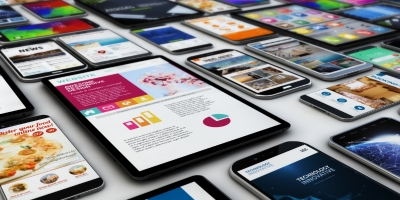

Benefits for the Subscribers
SIM Card
Familiarity: Traditional and widely understood, providing a sense of familiarity and ease of use.
It feels personal: People might feel personally involved when getting a physical SIM.


eSIM
Convenience: Easy activation and management directly from device settings.
Multi-Device Usage: Supports multiple devices with the same number.


iSIM
Security: Enhanced hardware-based security features, ensuring data protection and privacy.
Compact Devices: Enables the design of smaller, sleeker devices due to its compact size.


Future Outlook
SIM Card
Steady Phase-Out: Likely to continue being used in basic devices but decreasing in prevalence as eSIM and iSIM adoption increases.
eSIM
Rapid Adoption: Increasingly adopted in newer devices; expected to become a standard feature in most mobile devices.
iSIM
Niche Adoption: Expected to gain traction in specialized devices and applications with high-security demands.

